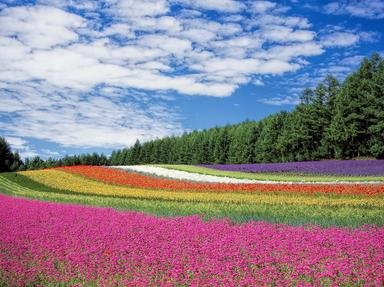Quiz Answer Key and Fun Facts
1. Okay, let's start with the title of this quiz. According to the original version of the old riddle, what is black and white and "red" all over?
2. The pineberry is a white variety of what normally red fruit?
3. How would you finish the nursery rhyme: "Baa, baa, _____ sheep, have you any wool"?
4. In the 14th century, Europe was ravaged by the Black Death, also known as the bubonic plague. What equally deadly disease became common several centuries later, and was known as "the White Plague"?
5. Our next item is a subterranean fungus that comes in both black and white varieties. These items are extremely valuable, and pigs are often used to locate them. They have the same name as a popular type of candy. What am I talking about?
6. Which country's flag consists only of horizontal red, white, and black stripes?
7. What celestial objects are associated with white dwarfs, red giants, and black holes?
8. What highly flammable element, which is necessary for life, and is sometimes found in detergents, comes in black, white, and red varieties?
9. What popular gambling game might find you betting white chips on the colors red and black?
10. On most Monopoly boards, on which square will you find the colors black, white, and red?
Source: Author
daver852
This quiz was reviewed by FunTrivia editor
trident before going online.
Any errors found in FunTrivia content are routinely corrected through our feedback system.


